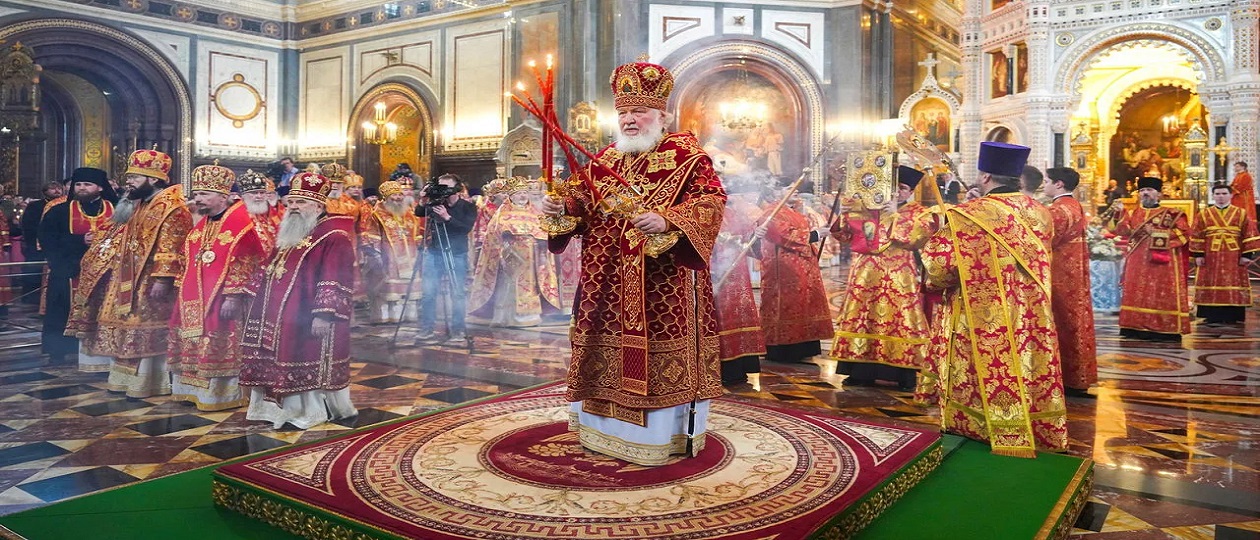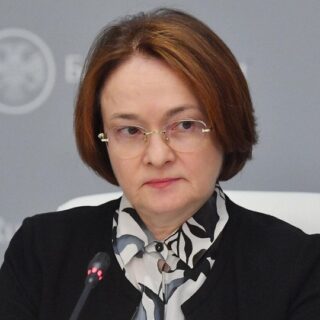
The Orthodox Church has many times expressed its philosophy of ecumenical involvement.
The ultimate purpose is to fulfill Christ’s will that there be “one flock, one shepherd’ (John 10:16), so as to reunite separated and divided Christians into the one Church of Jesus Christ. This is a long and difficult goal to fulfill. It may be that it will never be fulfilled. Still, there are proximate goals, as well.
The first is to overcome longstanding antagonisms and hatreds among Christians of various eccle- sial backgrounds.
Secondly, there is the desire to learn to understand and appreciate each other.
Thirdly, there is the belief that by ecumenical dialogue, longstanding, but unjustified barriers can be broken down and mutual love and closer relationships can be fostered.
Fourthly, the ecumenical movement gives the churches the opportunity to work together in commonly held tasks for the sake of the well-being of the world and against common enemies to the Christian religion, such as atheistic communism, and Godless materialism.
All the canonical Orthodox Churches participate in several different forms of ecumenical activity.
When and how the unity of the various churches and denominations will take place?
The fact is that from the Orthodox Christian perspective, that the unity of the Church already exists in the “One, Holy, Catholic and Apostolic Church,” that is, the Orthodox Church.
“Ecumenical Unity” will take place when the various churches, denominations and sects which make up the Christian world, return to the teachings and practices of the Church before it was divided into so many groups and sects.
Like so many of the teachings of the Church, this phrase is to be understood by Christians in two dimensions: the “this worldly” and the eschatological, or “other worldly.” The unity of the faith already exists wherever the Church is found in this world. When we repeat the Creed in the Divine Liturgy and in the other sacraments and services of the Church, we manifest that unity. The “Faith,” is not only the intellectual assent to the beliefs in the Creed; it is the unity in worship and sacraments, it is shared communal existence as the people of God, it is ecclesiastical order and it is found in the actions and attitudes which keep us in harmony with God in every aspect of our daily experience.
Since we are members of the “One, Holy, Catholic and Apostolic Church” it means that we share in this “unity of faith” already. But, you may ask, “If that is the case, why do we pray for it over and over in the Liturgy and the other services of the Church? That happens because (as is the case with all the great realities of the faith), we experience these things in this life only partially.
As St. Paul said, “For now we see through a glass, darkly; but then face to face; now I know in part; but then shall I know even also as I am known” (1 Corinthians 13:12). Further, each of us experiences these great spiritual realities differently and on a different level of ever-changing growth and development. Since the Christian experience of the unity of the faith is a forever growing thing, it is not surprising that the Church would have us constantly asking God that the unity of the faith be manifested among and in us more fully. So much for the unity of the faith from within the life of the Church.
Part of that unity, if you noticed, is in the sphere of ecclesiastical unity. This, in practice, refers to the mutual recognition of the Bishops of the Church and our recognition, commemoration and spiritual obedience to the canonical bishop of the Church. When we pray for the unity of the Church in this sense, we are asking that all those who are canonically separated from the Church — for whatever reason — may come back into full communion with the Church. This involves questions of belief, sacramental practice, moral teaching, and, of course, canonical order.
The Orthodox Church has accepted recently that one method for fostering the possible unity of herself with other churches, denominations and sects, is the “ecumenical movement.” That is why we enter into dialogues, attend meetings and cooperate where we are able with other religious groups. We never, however, deny that Orthodoxy has maintained the unity of the Church already.
The chief sign for you to watch is the mutual ecclesial recognition by the episcopal leadership of our Church. Until our bishops as a whole come to the point of recognizing the leaders of other churches, denominations and sects as one with them, you can be sure that unity of the faith has not yet been realized, in this ecumenical sense.





